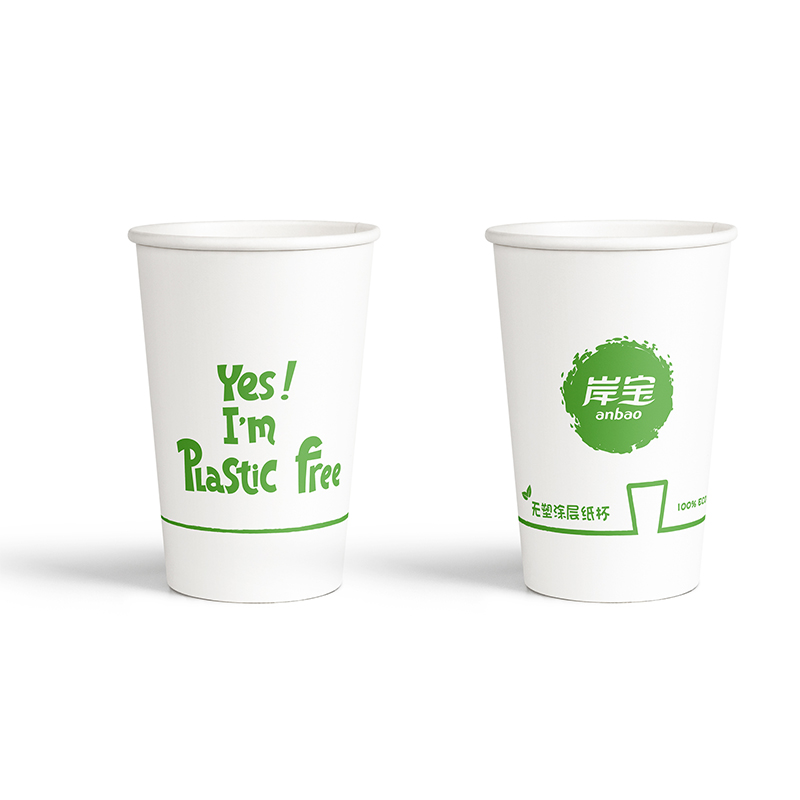
Paper cups have long been touted as a more environmentally friendly option compared to their plastic counterparts. However, the reality is more nuanced and complex. While paper cups do have some eco-friendly benefits, there are also significant drawbacks to consider.
One of the main advantages of paper cups is that they are biodegradable and compostable. This means that they break down naturally over time, reducing the amount of waste that ends up in landfills. In contrast, plastic cups can take hundreds of years to decompose, contributing to pollution and environmental harm. In this sense, paper cups are a more sustainable option.
Additionally, paper cups are often made from renewable resources like trees. As long as the forests are managed responsibly and replanted, paper production can be sustainable and environmentally friendly. On the other hand, plastic cups are typically made from fossil fuels, a non-renewable resource that contributes to carbon emissions and climate change.
However, there are also drawbacks to using paper cups. For one, the production of paper cups requires a significant amount of water and energy. The process of turning trees into paper pulp, then into cups, involves the use of chemicals and large amounts of water, which can have negative environmental impacts if not managed properly. Additionally, paper cups can only be recycled a limited number of times before the fibers break down and the cup becomes unusable.
Another issue with paper cups is that they often have a plastic lining to prevent leaks and make them more durable. This lining can make it difficult to recycle the cups and can create contamination in the recycling stream. Additionally, the plastic lining can release harmful chemicals when the cups are heated, such as when they are used for hot beverages.


